Thanks Heinrich,
Totally agree what ever works for you, nice to try things as well.
Cheers,
Stephen.
Totally agree what ever works for you, nice to try things as well.
Cheers,
Stephen.
 |
As a way to introduce our brass coins to the community, we will raffle off a free coin during the month of August. Follow link ABOVE for instructions for entering. |
 |
 |
The beloved Ships in Scale Magazine is back and charting a new course for 2026! Discover new skills, new techniques, and new inspirations in every issue. NOTE THAT OUR FIRST ISSUE WILL BE JAN/FEB 2026 |
 |
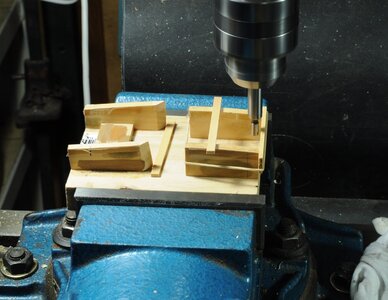
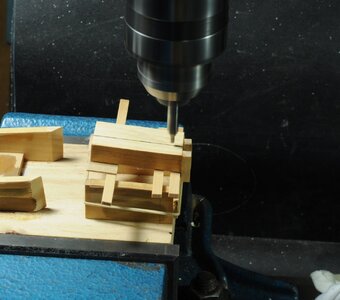
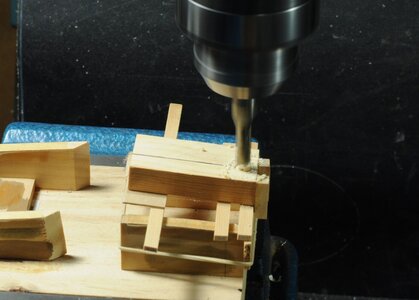
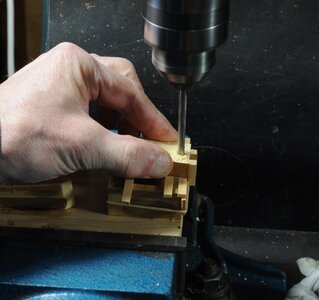
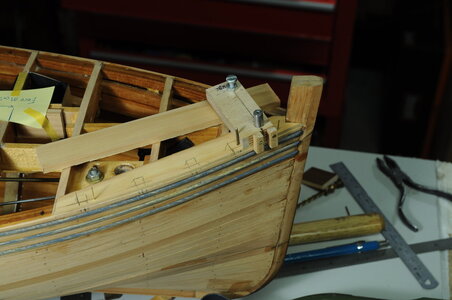
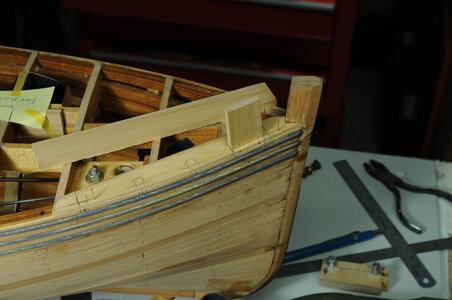
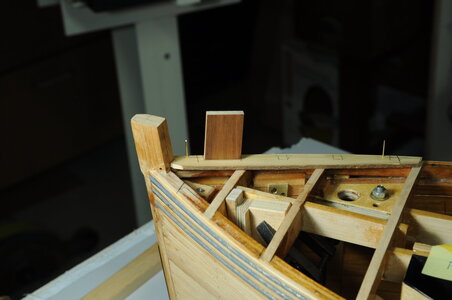
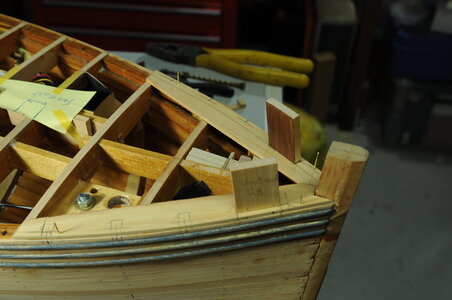
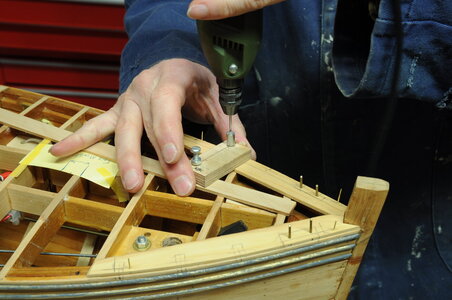
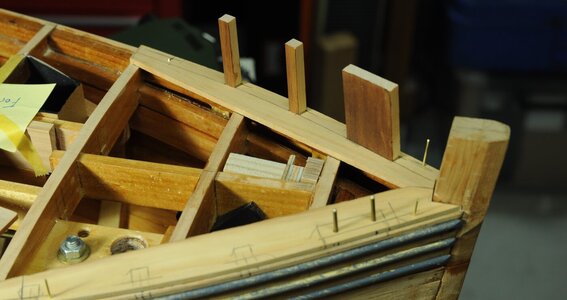
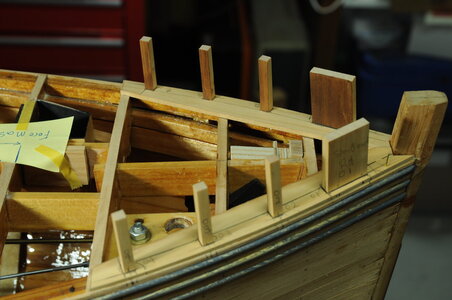
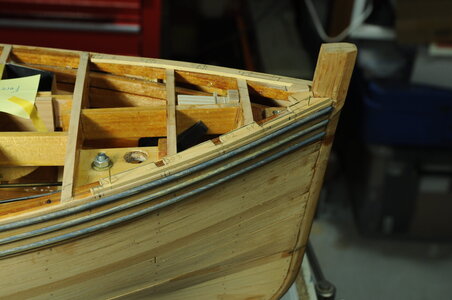
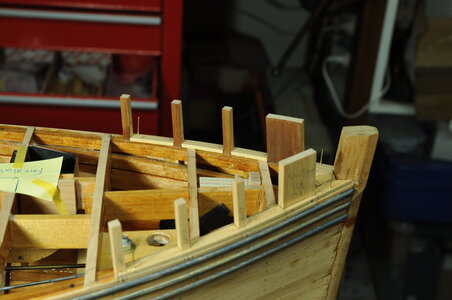
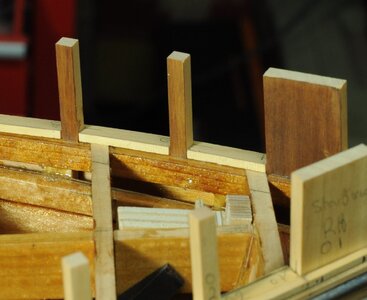
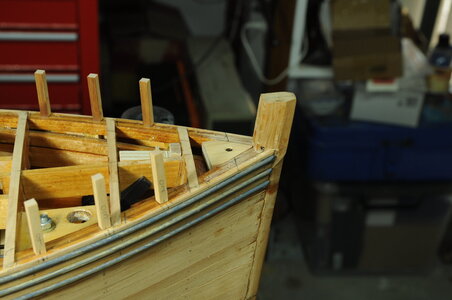
Thanks Heinrich,Those stanchions can be a real nightmare. Your jig seems to have done the job to a Tee and the result is most pleasing! Well done Stephen!
You made a nice drill bushing to guide your drilling. Looking very much in place as you proceed. Rich (PT-2)Covering Board continued. 3.
Both Knightheads temporally fitted.
View attachment 250223
Drilling pin holes for Stanchions, I was having trouble keeping the drill from not moving when I turned it on, this problem was reduced by using a foot switch instead of the switch on the drill.
View attachment 250225
The first of the Stanchions and Knightheads temporally fitted, at this point I am very happy with progress, using the jigs I have made.
View attachment 250226View attachment 250227
I have roughed out the covering board, using a scroll saw.
View attachment 250228
Fitting the covering board.
View attachment 250229
View attachment 250230
I made a filler piece to give the first two covering boards and deck planks somewhere to rest on.
View attachment 250231
So far so good.
Thanks for having a look.
Cheers,
Stephen.
Thanks Rich,You made a nice drill bushing to guide your drilling. Looking very much in place as you proceed. Rich (PT-2)
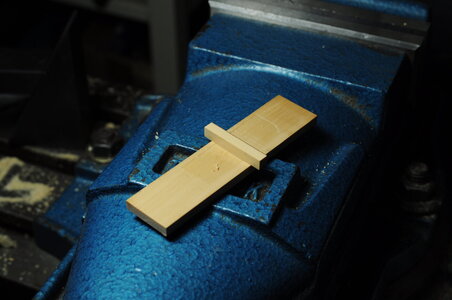
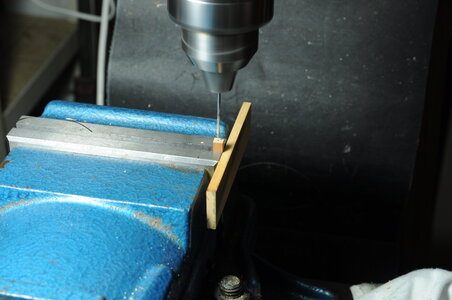
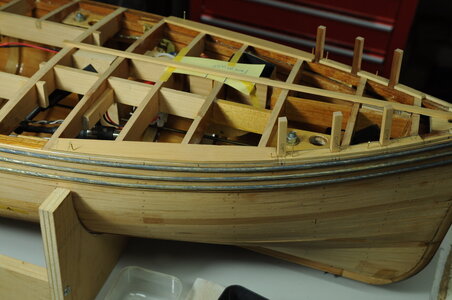
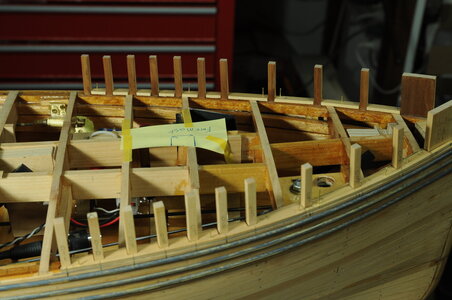
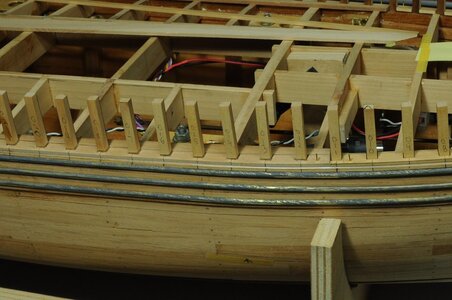
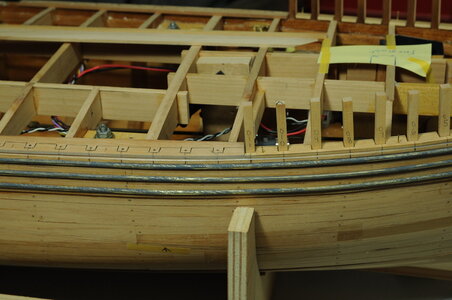
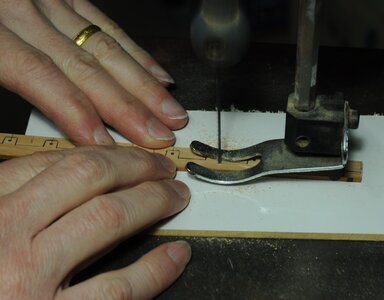
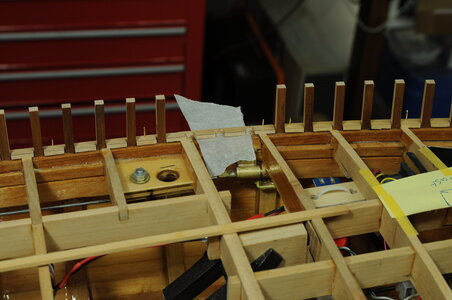
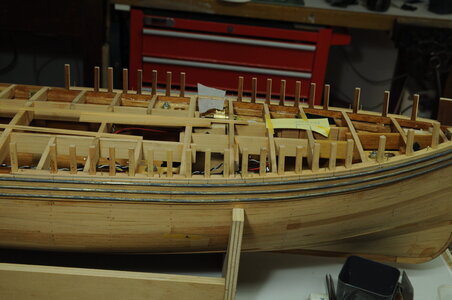
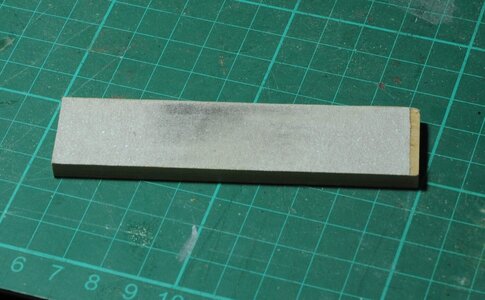
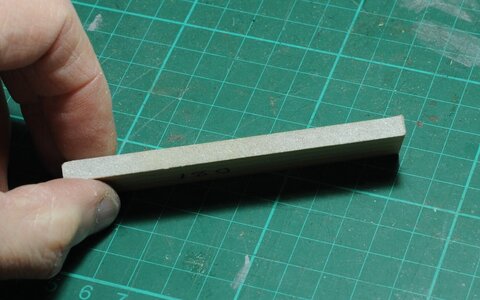
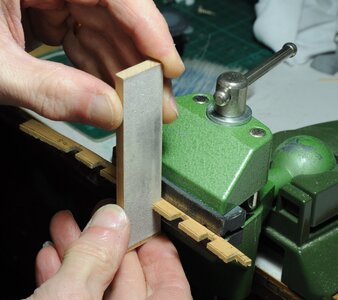
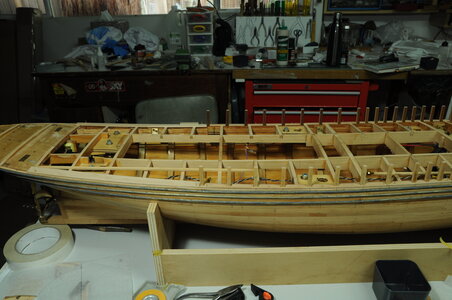
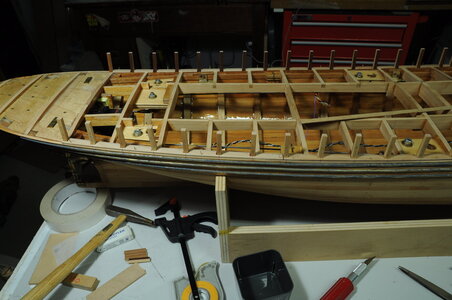
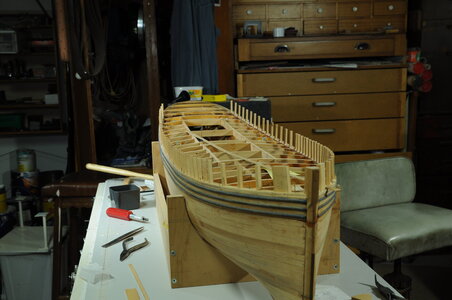
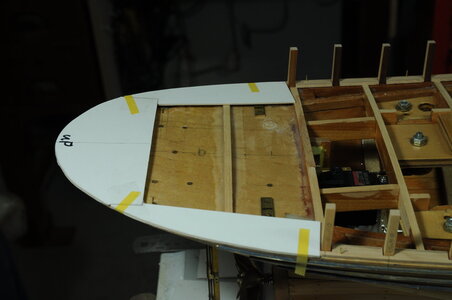
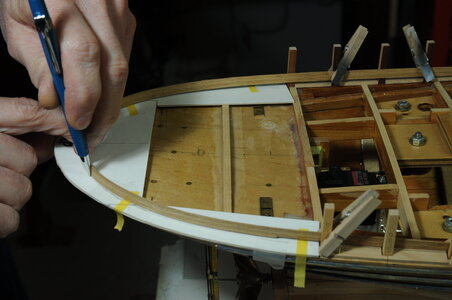
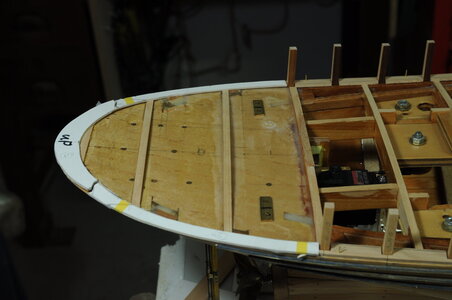
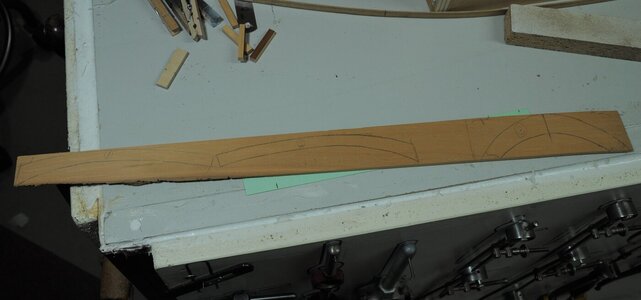
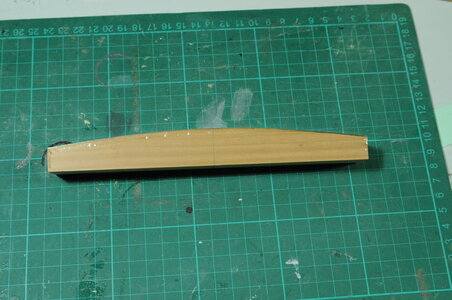
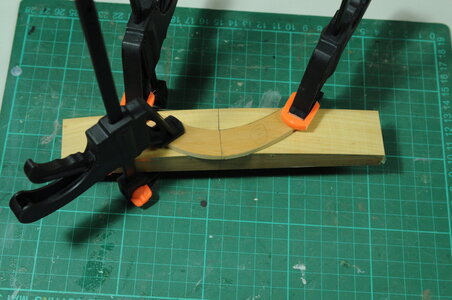
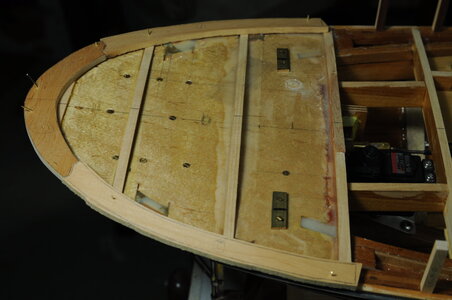
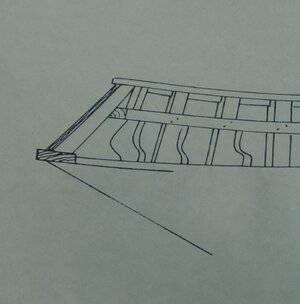
 , the only concession is nothing is glued in place yet.
, the only concession is nothing is glued in place yet.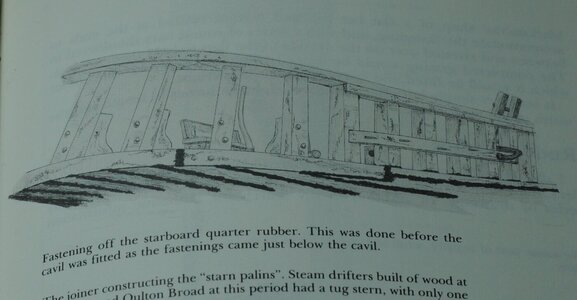
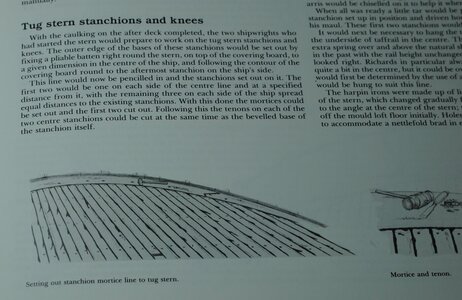
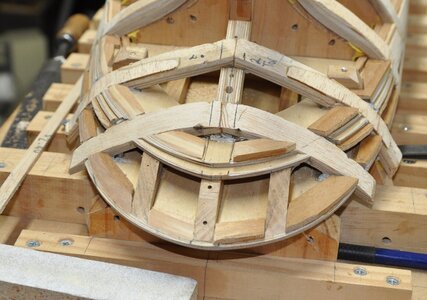
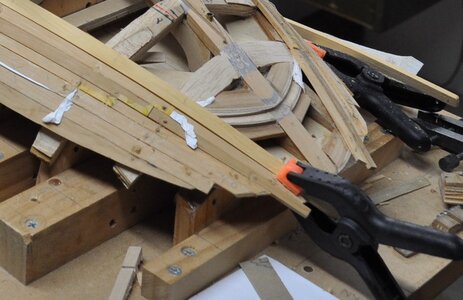

Your combination of the drill press and ways to use it to locate and set the stations is exemplary. Your progress is a lesion all along the way for us. Very nice work. Rich (PT-2)Covering Board continued. 3.
Both Knightheads temporally fitted.
View attachment 250223
Drilling pin holes for Stanchions, I was having trouble keeping the drill from not moving when I turned it on, this problem was reduced by using a foot switch instead of the switch on the drill.
View attachment 250225
The first of the Stanchions and Knightheads temporally fitted, at this point I am very happy with progress, using the jigs I have made.
View attachment 250226View attachment 250227
I have roughed out the covering board, using a scroll saw.
View attachment 250228
Fitting the covering board.
View attachment 250229
View attachment 250230
I made a filler piece to give the first two covering boards and deck planks somewhere to rest on.
View attachment 250231
So far so good.
Thanks for having a look.
Cheers,
Stephen.
Thanks Daniel,Hello Stephen.
I just bught the book of Ted Frost and I am amazed with the all the details in it.
Just wanted to say you do a great job with the building of this model .Hat Off Sir!
Kind regards,Daniel
Hi Rich,Your combination of the drill press and ways to use it to locate and set the stations is exemplary. Your progress is a lesion all along the way for us. Very nice work. Rich (PT-2)


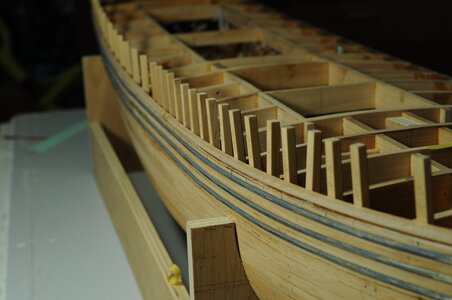
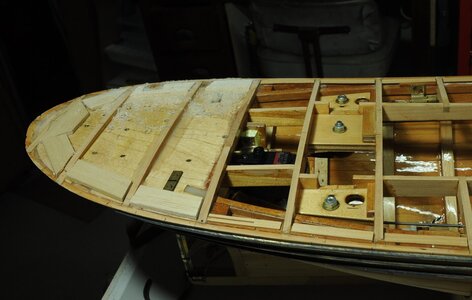
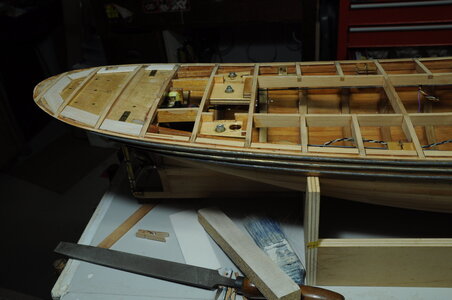
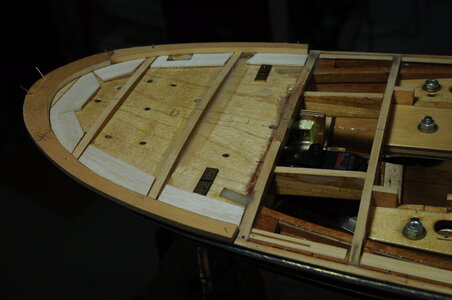
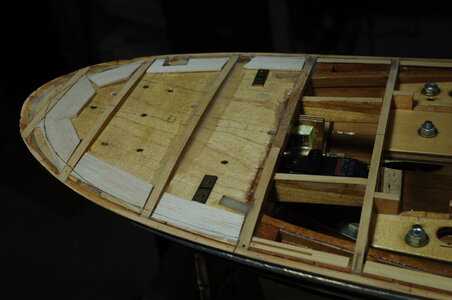
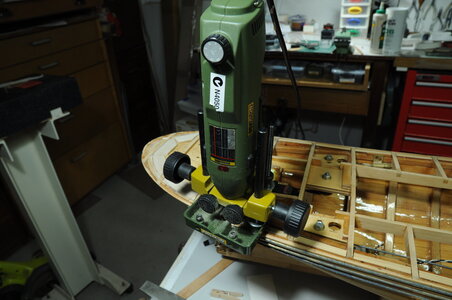
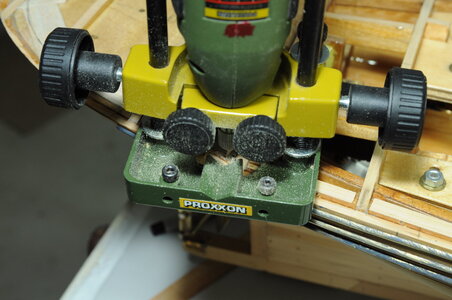
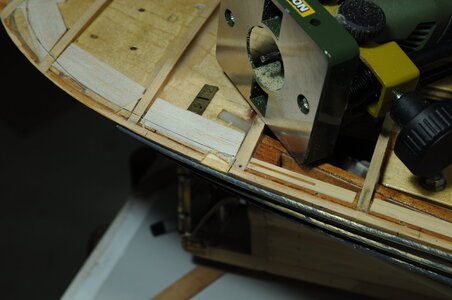
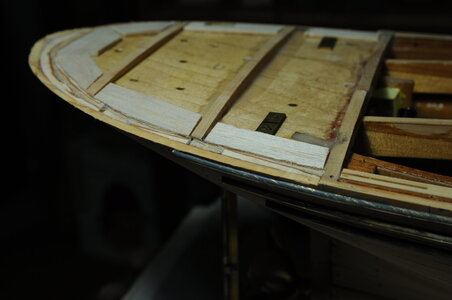
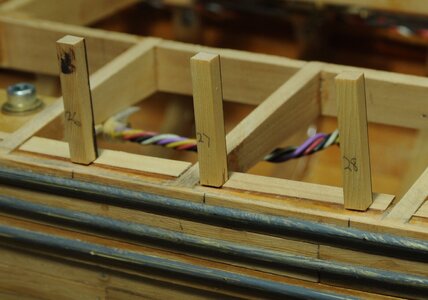
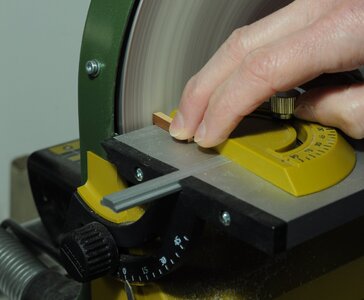
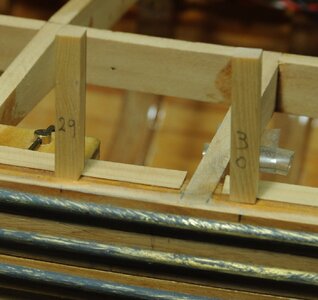
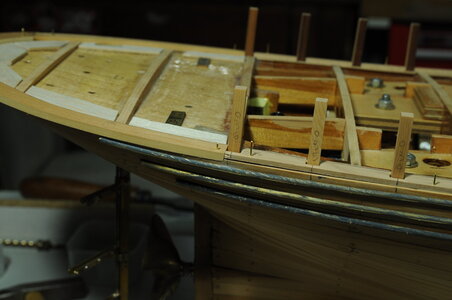
Your patience to work and re-work is a good reminder for me to do the same whenever I need to which is more often that I would like. Your tool box is well loaded to provide what you need to do the job. Nicely recovered. Rich (PT-2)A great rebuild, Stephen. With a big wow-factor: with a router / burr on the bow! Inspiring of a saw ….. ?
But the result looks very good!
Regards, Peter

Hi Peter,A great rebuild, Stephen. With a big wow-factor: with a router / burr on the bow! Inspiring of a saw ….. ?
But the result looks very good!
Regards, Peter
